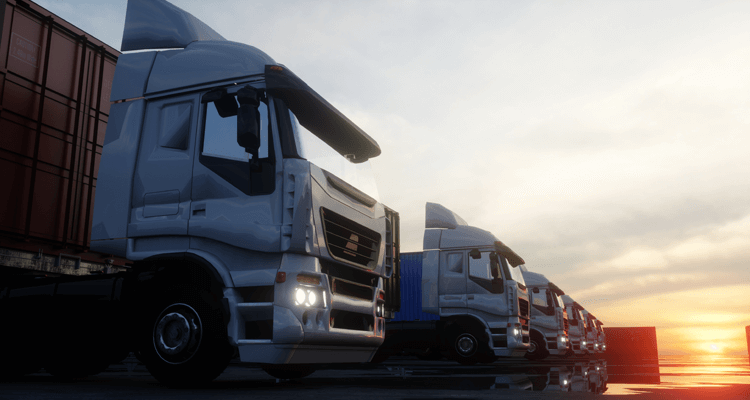Do you know how many of your fleet accidents are caused by a fatigued driver? Do you know how many collisions happened in a particular intersection? Or how many workers’ compensation claims are associated with lifting in the confined space of a trailer?
Vehicle collisions – and associated costs – are rising at alarming rates. Carriers are scrutinizing their fleet safety exposures, leaving companies with fewer options and higher premiums for insuring fleets. A RMIS can help bolster your safety program and lower costs by identifying fleet risks early enough for you to take action. Here’s how:
A RMIS can show how well drivers prepare for their trips by tracking:
- Hours of sleep prior to the start of a shift
- Pre- and post-trip inspection rates
- Pre-trip stretching routines (to reduce muscle strain)
- Compliance with DOT-regulated drug and alcohol testing
- Fleet and maintenance by certified programs
A RMIS can be integrated with vendors that track driver-safety compliance to identify:
- Drivers who follow too closely, brake hard, swerve, or speed
- Repeat offenders who need additional training
- Subrogation opportunities if another party was at fault
A RMIS can improve your response to workers’ compensation and auto liability claims by:
- Consolidating all data into one source for a clear and consistent view
- Getting injured drivers back to work quickly
- Using root cause analysis to identify and address underlying safety issues
- Sorting data by cause, source, shift start, time of accident, weather factors, and more to highlight trends
A RMIS can help you improve your safety program with advanced analytics that:
- Identify trends so you can get ahead of problems before they escalate
- Track data by claim frequency, severity, location, and driver
- Uncover the real problem and appropriate action – e.g., lifting in the confined space of a trailer might be the issue, not driving itself
- Pinpoint locations with the highest risk
- Monitor the location of each vehicle in your fleet
A RMIS is what makes fleet data understandable and actionable. Your employees will be safer. Your fleet will be safer. Your costs will be lower. And you can keep on trucking – safely.




